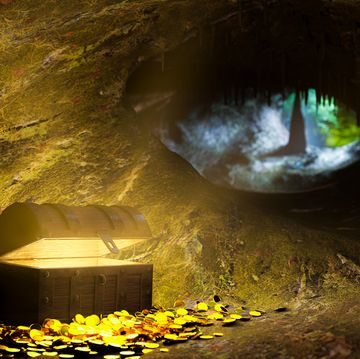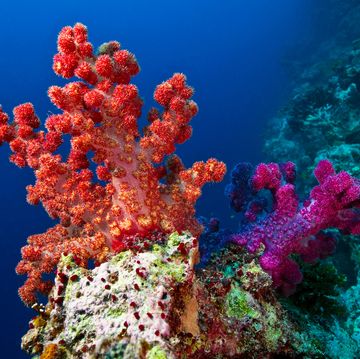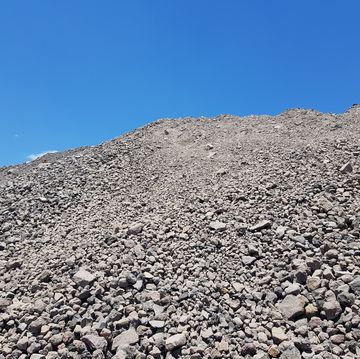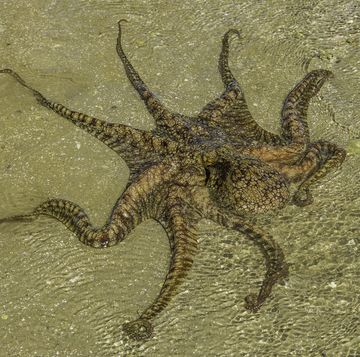Skiers panicked when the No. 4 lift tower on the Excalibur gondola snapped at the Whistler Blackcomb ski resort, in British Columbia, Canada. A supporting tower snapped under the pressure of ice buildup, toppling over, causing multiple injuries and setting off a frenzied but successful rescue operation. Now, as engineers finalize their report on what went wrong on Tuesday (they're still unclear about how the water got into the supporting towers), one question lingers: Could a similar accident topple the new Peak 2 Peak Gondola--the largest ski lift of its kind in the world?
This scenario is highly unlikely, say the engineers. Towers on the Peak 2 Peak gondola feature a far sturdier lattice construction, similar to high-transmission power lines. "The probability of this happening on the Peak 2 Peak is about as close to zero as you can get," says Warren Sparks, general manager of Doppelmayr CTEC Ltd, the lift's manufacturer.
The tower that collapsed featured a tubular design of two bolted-together metal tubes. When water mysteriously accumulated inside, the resulting ice expansion lifted the top half like a cap being pushed from a frozen beer bottle--a phenomenon known as "ice jacking." Tubular towers are designed to be hermetically sealed, and investigators are still trying to determine how water got in. Inspecting tubular lifts for water or ice buildup inside is decidedly low-tech. Inspectors tap towers with a mallet and listen for a hollow sound--this is known as a "bong test" (referring to the sound that a hollow tube makes.) "If it rings hollow then it's good. If it sounds solid then there is a problem," says Rick Kahl, editor of Ski Area Management.
But lattice towers like those supporting the Peak 2 Peak lift do not have the same weakness. "I am not aware of any lattice tower that has ever failed due to ice jacking," Sparks says. "The lattice construction provides far greater structural integrity." Furthermore, ice or water would drain on its own from holes drilled in the pipe sections, avoiding water accumulation.
The Peak 2 Peak just opened last Friday, Dec. 12, following two years of construction as a showcase project for Whistler Blackcomb, which will be a venue for the 2010 Winter Olympics. On the Peak 2 Peak (also know as the P2P), Passengers glide between two mountains, crossing a nearly 2-mile unsupported gap between the two towers and dangling a dizzying 1427 ft above the ground.
Like shark attacks and plane crashes, lift accidents are rare but headline-grabbing. "The biggest impact for the ski industry could be psychological," says Greg Ditrinco, editor-in-chief of Ski Magazine. "People wonder: are these things safe?"












